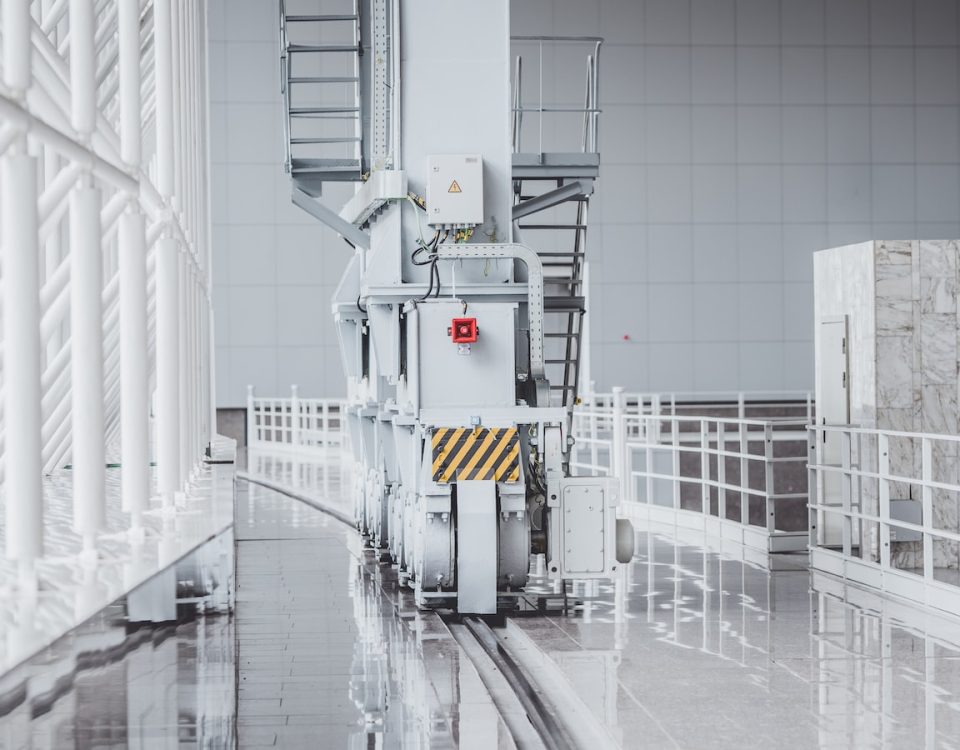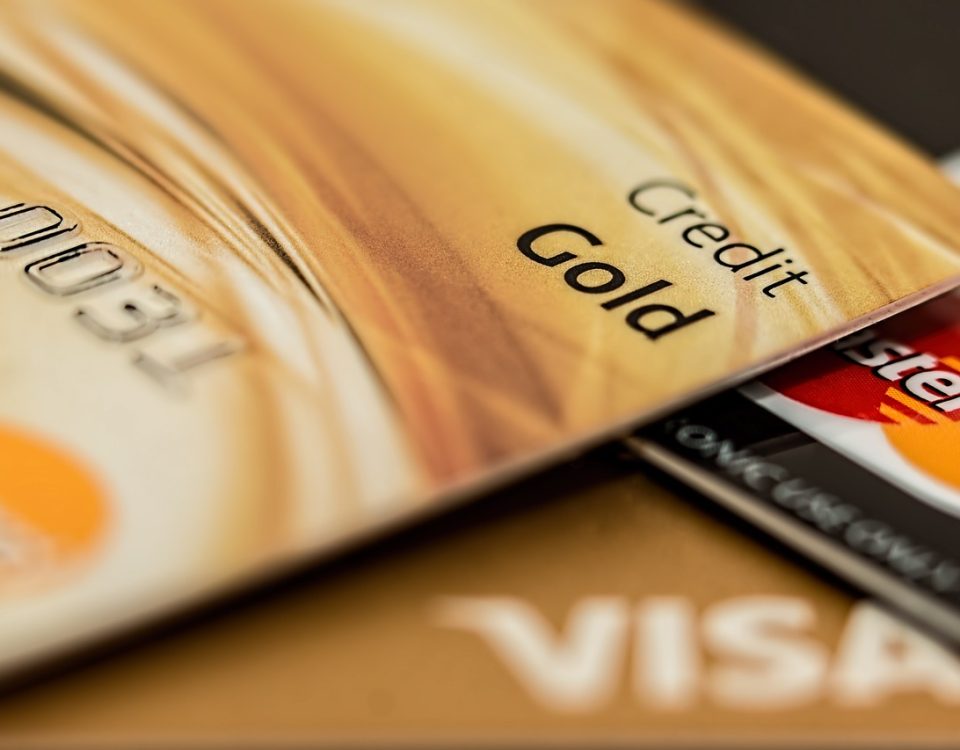
Analysis of the current development status and trends of the plastic packaging industry, with environmental protection, lightweight, and functionalization becoming the trend
2023-11-18
Forecast analysis of market status and development prospects of China's plastic packaging industry in 2022
2023-11-181. Future development trends of plastic packaging materials
- By designing stylized degradable plastic bags and distributing them for free at plastic bag self-service machines, each environmentally friendly bag is an advertising carrier, equivalent to a mobile advertising sign. Compared with traditional forms of promotion, the cost is lower and the efficiency is higher.
- Collect traffic through offline devices, integrate fragmented traffic into the platform, improve user tags through city, gender and other information, and push precise traffic to advertisers through a self-developed traffic delivery system.
- From traffic acquisition to content production to advertising monetization, Lelingbao has realized a closed loop of self-media business and monetized traffic, so the revenue is long-term and will not dry up.
2. The future development trend of plastic packaging materials is
Common environmentally friendly food packaging materials include:
- Degradable plastics: Plastics are generally difficult to degrade. There is a lot of plastic waste buried underground that can last for several years without decomposing. Degradable plastic refers to a plastic whose chemical structure changes under a specific environment that causes performance loss within a specific period of time. Developing degradable plastic packaging materials and gradually phasing out non-degradable plastic packaging materials is a major trend in the development of science and technology in the world and one of the hot spots in materials research and development. Since degradable plastics are easy to process and form, and their prices are decreasing day by day, the use of degradable plastics for packaging has increased dramatically. It is currently the most common environmentally friendly food packaging material;
- Metal packaging materials: Because metal packaging materials are easy to recycle and process, their waste pollution to the environment is smaller than that of plastic and paper. Commonly used metal packaging materials include tinplate and aluminum, which are widely used in manufacturing food and beverage packaging cans;
- Glass packaging materials: Milk, soft carbonated drinks, wine and jam are commonly packaged in glass containers, and some cooking utensils and tableware are also packaged in glass. The main characteristics of glass packaging materials are beautiful, hygienic, corrosion-resistant, low cost, and they are inert materials with little environmental pollution; their disadvantages are that they are fragile, heavy, and expensive.
- Paper bag recycling: Since paper product packaging can be recycled again after use, and a small amount of waste can be naturally decomposed in the natural environment, it has no adverse impact on the natural environment. Therefore, paper, cardboard and paper products are recognized around the world as green products. It complies with the requirements of environmental protection and can play a positive alternative role in controlling white pollution caused by plastics. The above four are the most common and most environmentally friendly packaging materials. At the same time, more and more environmentalists are using reusable textile bags, which can reduce environmental pollution.
3. Development prospects of plastic packaging
Dow Chemical
The global number one is Dow Ski, a US-based multinational company headquartered in Midland, Michigan. Dow is the premier global supplier of key polyethylene resins and is ranked as the world's largest producer of polyalkylene glycols and chlorine. Dow's primary businesses include Consumer Solutions, Agricultural Sciences, Performance Materials and Chemicals, Infrastructure Solutions and Performance Plastics.
4. Future development trends of plastic products
The outlook is average.
At present, China's plastic pipe production capacity reaches 3 million tons, mainly including PVC, PE and PP-R pipes. Among them, PVC pipes are the plastic pipes with the largest market share, accounting for nearly 70% of the plastic pipes. There are more than 1,600 PVC pipe production lines. The annual production capacity is more than 2.5 million tons, and the annual output of PVC pipes (pipe fittings) reached more than 1.2 million tons in 2003. In plastic pipes, PVC accounts for 70%, PE accounts for 25%, PP-R accounts for 4%, and others account for 1%.
Although the rapid development of PVC pipes has attracted many companies to invest in this industry, there are many domestic manufacturers (more than 2,000), with only more than 70 companies with an annual production capacity of 10,000 tons, and only 70 companies with an annual production capacity of more than 30,000 tons. There are more than 20 companies and own 60% of the industry's output.
Generally speaking, there are many domestic small-diameter, low-value-added pipeline companies, while there are few large-diameter, high-tech companies.
The production capacities of some domestic manufacturers are: Huaya Plastic: 100,000 tons, Hebei Baoshuo: 80,000 tons, Guofeng Group: 80,000 tons, Sinoma Pipeline: 65,000 tons, Zhejiang Yonggao: 45,000 tons, Fujian Yatong: 40,000 tons, Hubei Kaile: 40,000 tons, Guangdong Gudi: 30,000 tons, Shenyang Jiuli: 30,000 tons. Output of PVC pipes from 1998 to 2003.
5. The future development trend of packaging materials in my country
The aluminum foil bag packaging market will develop steadily in the next few years. China will account for 45% of global demand. With the further economic development of developing countries, their market share will increase in the next few years. Packaging sales in emerging markets will show strong growth as the growth in sales and demand for consumer goods stimulates demand for packaging. The aluminum foil bag packaging industry is also expected to develop steadily. Although the industry has been negatively affected by rising raw material prices, the fact is that many countries are slowly emerging from the current economic crisis. In addition, the current economic environment is not very favorable for aluminum foil packaging, and consumers' desire to consume will increase in the next few years. Rising incomes will encourage consumer spending and will also drive demand for aluminum foil packaging. Immature packaging markets in developing countries will also tend to choose aluminum foil bag packaging.
6. Current status and development trends of plastic packaging
Nowadays, with price reduction and environmental protection, the prospects are not as good as before, but the market is still huge. According to the "China Disposable Lunch Box Industry Market Prospects and Investment Planning Analysis Report", the disposable fast food boxes on the market have shifted from foam lunch boxes to environmentally friendly lunch boxes. The original foam lunch boxes were not resistant to high temperatures and the production process caused damage to the environment. The ones that are being eliminated are plastic lunch boxes, paper lunch boxes, wooden lunch boxes, biodegradable lunch boxes, etc. Among them, plastic has become the mainstream material for manufacturing disposable fast food boxes due to its low toxicity, high melting point, strong plasticity, easy production and relatively low cost. Such as PP plastic lunch boxes, corn starch degradable lunch boxes, etc. PP polypropylene has excellent mechanical and thermal properties and is suitable for food packaging. PS polystyrene is hard and brittle, non-toxic and tasteless, and is especially suitable for frozen food packaging such as pastries or salads.
7. What is the development trend of plastic packaging materials in the future
Recycled packaging materials mainly refer to plastic packaging materials. This packaging material can be made into recycled packaging containers after being disposed of by physical methods. After chemical treatment, recycled packaging products can be made.
But the fly in the ointment of these two methods is that they only reduce the pollution to the environment, and in the final treatment, they still have to face the problem of environmental pollution.
8. How will plastic packaging materials develop in the future
Green packaging can also be called pollution-free packaging and environment-friendly packaging, which refers to packaging that is harmless to the ecological environment and human health, can be reused and regenerated, and is in line with sustainable development. The focus of green packaging is that the mainstream development trend of packaging materials in the future will be multi-functional, lightweight, environmentally friendly and intelligent. Green, environmentally friendly and low-carbon plastic packaging is becoming more and more popular.
Green packaging is a new concept developed under the traditional packaging design model. It is packaging that is harmless to the ecological environment and human health, can be reused and regenerated, and is in line with sustainable development. It is an inevitable choice to solve serious environmental pollution.
The world is calling for green packaging and cherishing the earth. Paper technology is bound to be widely used in the packaging industry. Green packaging will become the development trend of the packaging industry in the future, replacing wood with paper, plastic with paper, glass with paper, and paper with paper. Substituting metals has become a consensus for sustainable development. Green packaging is a new concept developed under the traditional packaging design model. It is harmless to the ecological environment and human health, can be reused and regenerated, and is sustainable. It is an inevitable choice to solve serious environmental pollution.
9. Development direction of plastic packaging materials
Commonly used packaging materials mainly include: plastic packaging materials such as plastic bags and snakeskin bags; paper packaging materials such as packaging boxes and cartoon boxes; metal packaging materials such as iron barrels; ceramic packaging materials ceramic jars, ceramic altars, and ceramic pots; glass packaging materials Such as glass bottles, glass jars, glass jars; wood packaging materials such as wooden boxes, wooden boxes, wooden barrels. ; The above is divided into the main body of packaging. Packaging materials also include some auxiliary materials such as barrel hoops, PP packing tapes, sealing tapes, plastic stretch films, vacuum aluminum-plated paper, steel buckles, hot stamping foils, etc.
10. Analysis of the development trend of plastic packaging materials in the future
The development direction of plastics can be summarized in two aspects. The first is to improve performance, that is, modify existing varieties in various ways to improve their comprehensive properties; the second is to develop functions, that is, to develop polymer materials with physical functions such as light, electricity, and magnetism, so that plastics can have Photoelectric effect, thermoelectric effect, piezoelectric effect, etc.
Judging from the current development speed of the world's plastics industry, Germany and Sweden rank first, followed by Japan and some European countries, and the United States is slower. Foreign plastic packaging shows the following development trends:
Copolymer composite packaging film
At present, some countries in Europe and the United States have invested heavily in the development of non-polar and polar ethylene copolymers, etc., which will greatly improve the tensile and co-extrusion properties of plastic films, improve transparency, sealing strength, stress resistance, crack resistance, and enhance stability properties , Improve the rheological properties of molecular weight cloth and extrusion.
Foreign experts believe that the current development focus of the world's plastics industry lies in plastic modification, plastic product coating technology, rapid biodegradation of waste plastics, and comprehensive plastic recycling and reuse technology. For example, some manufacturers in Europe and the United States use linear ethylene-α-olefin copolymer and ethylene-vinyl acetate copolymer blends/PA bags, which are suitable for packaging ice cream, cream and other foods.
Multifunctional composite film
A large number of multifunctional composite films have been developed abroad to further refine their functions. For example: cold-resistant films can withstand low temperature environments of -18°C, -20°C, and -35°C; moisture-proof films made of PP with moisture-proof treatment, its series of products can be divided into moisture-proof, anti-condensation, anti-vapor and cold, and adjustable moisture There are several types such as; anti-corrosion film can package perishable, acidic and sweet foods; friction film stacking is stable; special PE film is chemical-resistant and corrosion-resistant; anti-moth film is added with odor-free insect repellent; it can be pulled in two directions The heat-resistant film of nylon 66 replaces the biaxially oriented nylon 6 for food packaging, and its high temperature resistance reaches 140°C; the new special food packaging film can improve the flavor retention of food packaging; the transparency of amorphous nylon film is similar to glass; the high shielding film can protect the food The stability of color, aroma, taste, nutritional indicators and taste quality; the metal protective film uses LDPE modified film to package liquid products, which can be heat-sealed in low temperature environments; PP synthetic paper is used to improve the light resistance, cold resistance, and resistance of the packaging Heat resistance, water resistance, moisture resistance, grease resistance, acid resistance, alkali resistance and impact resistance, etc.
Currently, plastic cups and composite cups (outer PSP, inner PP, lid PS) are popular abroad for packaging cold and hot beverages, wine, and convenience foods. France uses PE bottles to package fructose and yogurt, and Germany uses PC bottles to package milk. In my country, PE bottles are used to package medicines, etc.
11. Plastic packaging industry trends in 2020
With the recovery of the world economy, the plastic packaging market is ushering in development opportunities, demand is increasing, and the market is promising.


